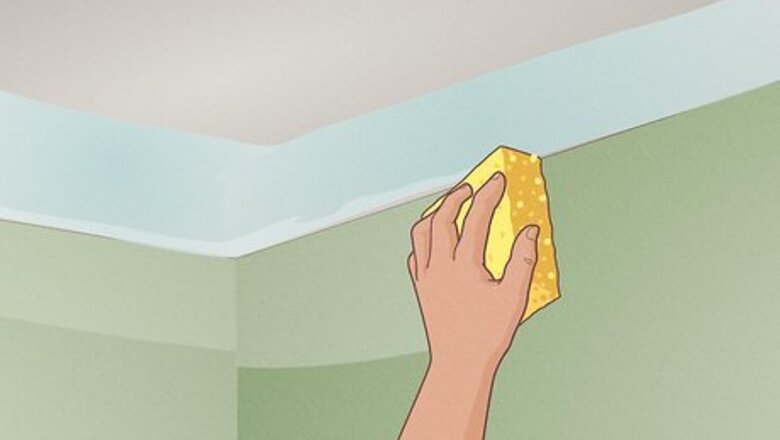
views
- Measure the length of each edge of your ceiling with a tape measure. Each of these measurements will correspond to a length of coving.
- Mark the appropriate measurement on each length of coving. Then, place a miter block on the end of the coving, centered on the mark.
- Use a hand saw to cut the coving where you marked, using the appropriate angle groove in the miter block to account for where the covings join.

Clean the wall and ceiling. Remove old backing paper or wallpaper from the wall and ceiling where you will install the coving. Use a sponge and water to wipe down the wall and ceiling. Ensure that the sponge is damp, but not dripping water. Scrub the surfaces to remove all dust or leftover wallpaper paste.

Measure the coving. Use a tape measure to determine the width of the coving you will be using. Measure from the bend in the coving to the outside edge of the coving on both the ceiling and wall sides. Measure the length of coving you will need to cover the space on your wall and ceiling. Divide the length to be covered by the length of coving strips that you have. If you require a total of 60 feet (18.3 m) of coving and have coving in 3-foot (.9-m) strips, then you will need at least 20 strips of coving. Ensure that you have a few extra strips of coving.
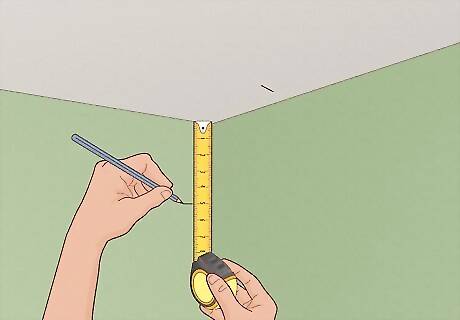
Mark the wall and ceiling. Use a tape measure and pencil to mark the spaces on the wall and ceiling where the edges of the coving will fall. These marks form your guidelines.
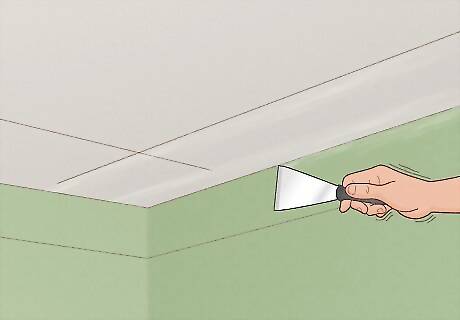
Score the ceiling and walls. Use a putty knife to score the space between the marks you made on the wall and ceiling. Scoring the ceiling and wall will allow the coving to fit more securely against the surface.
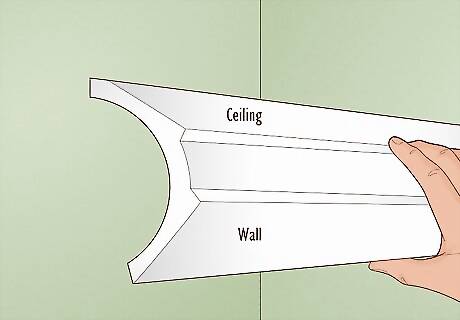
Differentiate the edges on the coving. Look at the back of the coving. The back edges of the coving will be labeled according to which edge will be placed against the ceiling, and which edge will be placed against the wall.
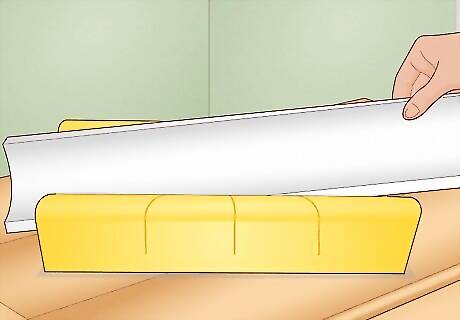
Place the coving into the miter block. Ensure that the edge of the coving that will be set against the ceiling is at the bottom of the miter block. The ceiling edge of the coving should touch the bottom base of the miter block. Situate the coving so the display side faces you.
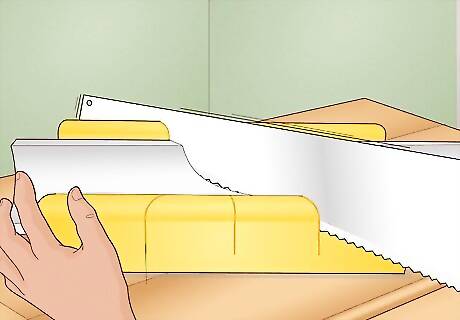
Cut the coving. Steady the piece of coving by holding onto it with 1 hand. Use the other hand to saw the coving. Use a crosscut saw with medium teeth and a rigid blade.
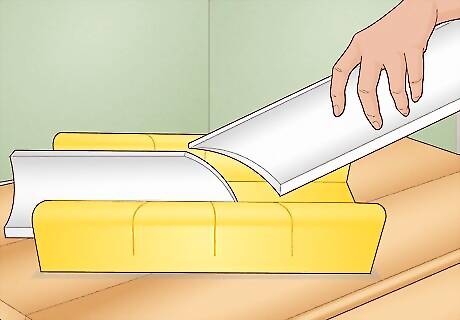
Remove the coving. Lift the coving out of the miter block.

Sand the coving. Use sandpaper to smooth the cut edge of the coving. Ensure that the cut edge is free of coarse spots.


















Comments
0 comment